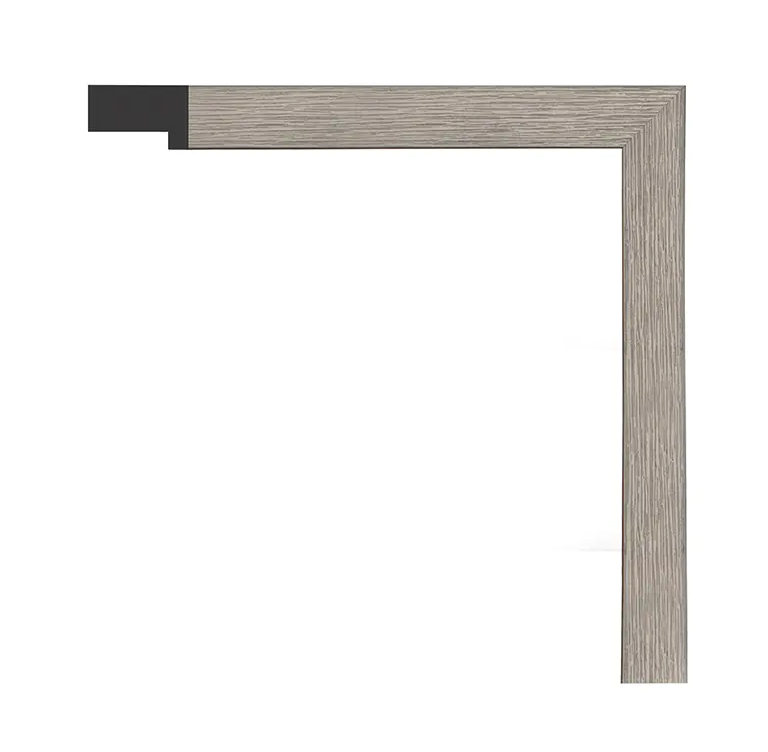Importance of Easy Cutting and Joining
In interior decoration, the installation process is as important as the aesthetic appeal of mouldings. Homeowners, contractors, and DIY enthusiasts often ask whether PS Framing Moulding is easy to cut and join accurately. Ease of handling is critical because precise cuts and seamless joints ensure a professional-looking finish and reduce installation time. Evaluating the properties of PS mouldings helps determine their suitability for various projects.
Material Composition and Workability
The PS Framing Moulding is made from polystyrene, a lightweight synthetic polymer. One of the major advantages of PS is its excellent workability. Unlike wood or MDF, which can splinter or chip during cutting, PS can be easily trimmed using common tools such as utility knives, fine-tooth saws, or specialized moulding cutters. The material’s consistent density and smooth surface allow for straight cuts and minimal clean-up, making it ideal for both professional and DIY installations.
Precision in Cutting
Accurate cutting is essential for achieving tight corners and seamless joints. The uniform structure of PS ensures that cuts remain precise, even when making complex angles such as 45-degree miter joints for frames or crown moulding. This predictability reduces the likelihood of errors during installation and allows for repeated adjustments without compromising the material’s integrity. Many installers appreciate that PS mouldings do not require specialized woodworking skills, which lowers the learning curve for beginners.
Ease of Joining and Assembly
Joining PS mouldings is also straightforward. Adhesives, construction glue, or double-sided tape can be used to secure the pieces to walls, ceilings, or furniture surfaces. The lightweight nature of PS makes alignment easier, and its flexibility allows minor adjustments during assembly without cracking. The mouldings can also be sanded lightly at the edges to improve fit and achieve seamless joints. With proper preparation, corners and seams can be nearly invisible, creating a polished, professional appearance.
Comparison with Traditional Materials
Compared to wood or MDF, PS Framing Moulding offers significant advantages in cutting and joining. Wood can splinter, require precise tools, and may need extra finishing work at joints, while MDF can crumble under improper handling. In contrast, PS is forgiving, lightweight, and easier to manipulate, which reduces installation time and effort. Its synthetic composition also ensures consistent performance across multiple pieces, allowing large projects to maintain uniform quality.
Practical Tips for Best Results
To maximize ease of cutting and joining, installers should use sharp blades, measure carefully, and consider using miter boxes for accurate angles. Pre-testing adhesive on scrap pieces ensures proper bonding without damage. Cleaning edges after cutting and applying light sanding, if necessary, can improve the final appearance. Following these steps helps ensure that PS Framing Moulding achieves a smooth and professional finish.
User-Friendly and Efficient
In conclusion, PS Framing Moulding is highly user-friendly when it comes to cutting and joining. Its lightweight, consistent, and durable material allows for precise cuts and easy assembly. Whether for professional installations or DIY projects, PS mouldings simplify the work process, reduce errors, and create aesthetically pleasing results. For anyone seeking decorative mouldings that are both versatile and easy to handle, PS provides a practical, efficient, and reliable solution.
Molding Use: Picture Frame
Material: PS
Color: Light Grain
Width: 2cm
Height: 3.1cm
Robbet: 2.4cm
Length: 3m
